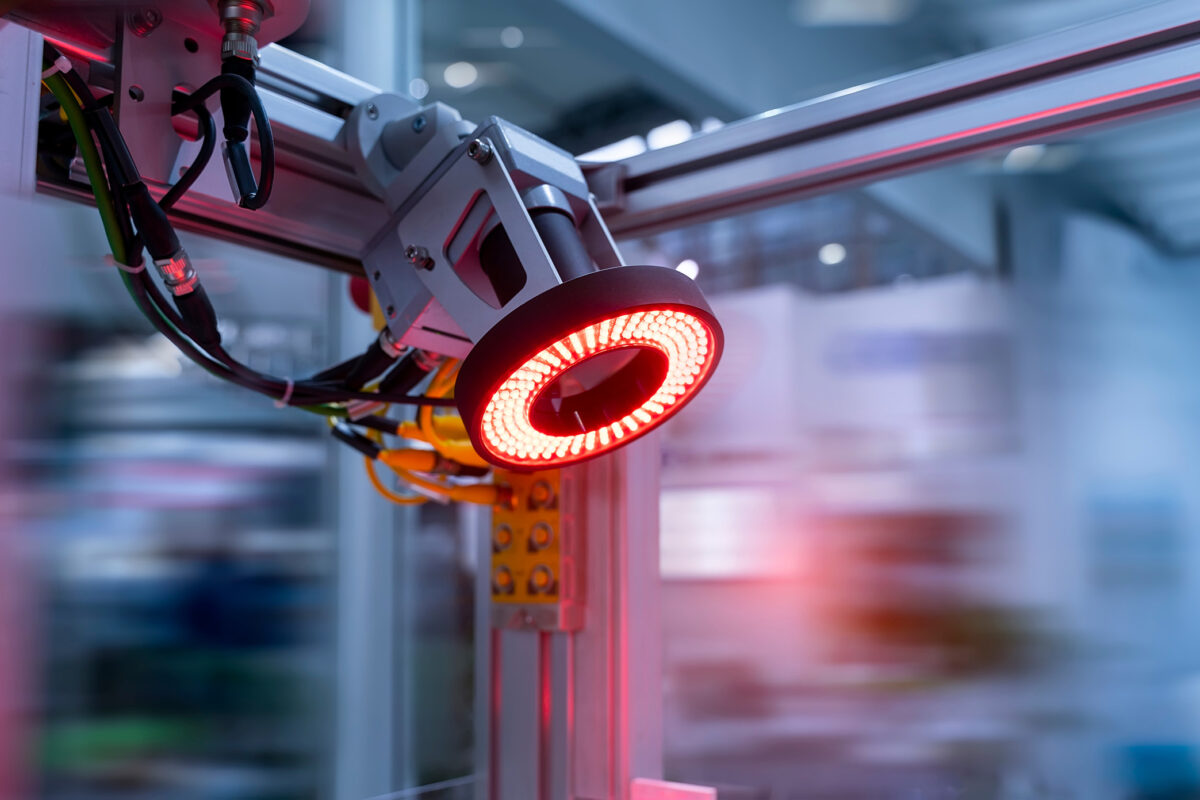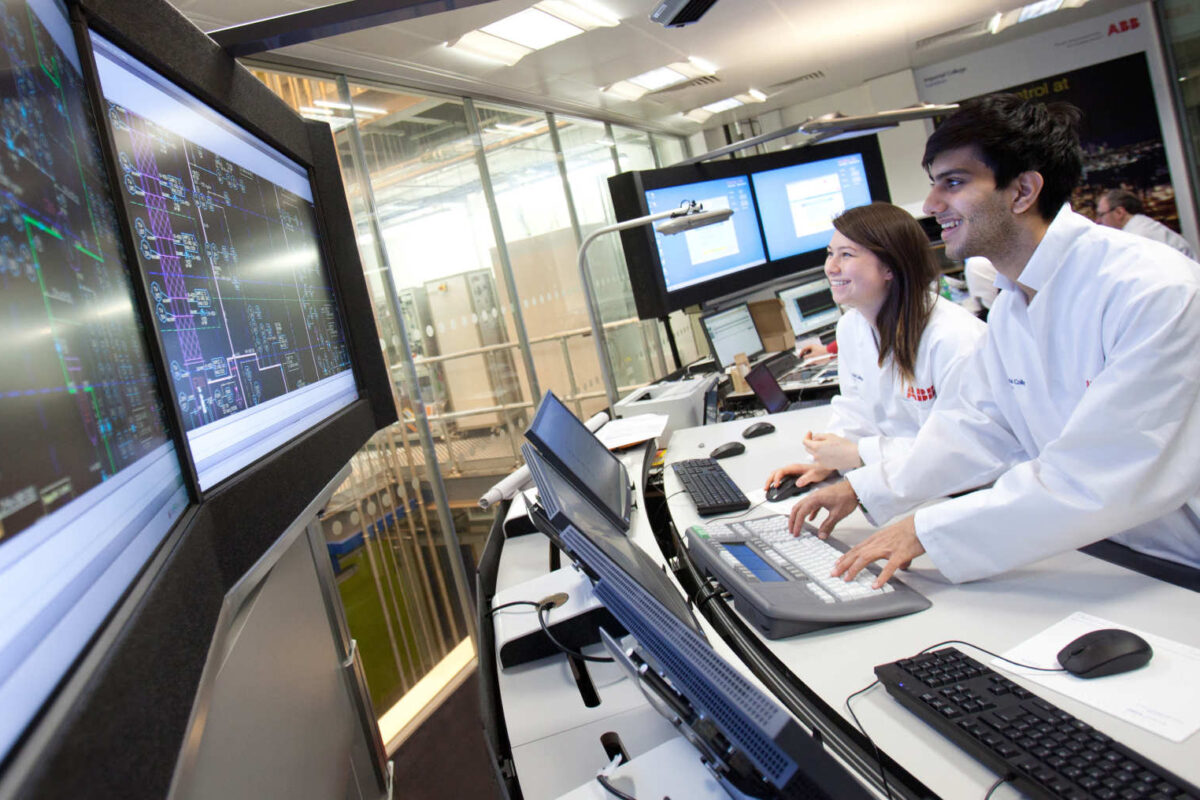Industrial decarbonisation, especially in the chemical industry, is likely to need large volumes of green hydrogen, both as a feedstock and as a fuel. To replace natural gas in this way will require large volumes of green hydrogen in many large-scale water-electrolysis plants, typically powered by some combination of wind and solar energy. The European Union (EU) aims to have 40-GW of electrolyser capacity installed by 2030, the UK approximately 5GW and the ambition in the Netherlands is to have built green-hydrogen plants with a combined capacity of 3 to 4 GW by that date. The largest existing electrolysers are at the 10-MW scale, whereas scaling up to GW scale is needed at acceptable cost levels.
The Sargent Centre was a research partner in the Hydrohub GigaWatt-Scale Electrolyser project led by ISPT in the Netherlands (https://ispt.eu/projects/hydrohub-gigawatt/), with partners including a wide range of industrial companies in the hydrogen value chain. The project was tasked with the detailed design of a 1-GW green-hydrogen plant, combining alkaline water electrolysis (AWE) and polymer electrolyte membrane (PEM) water electrolysis, and which could start up in 2030, with a view to being implemented in one of 5 potential industrial clusters in the Netherlands.
The role of the Sargent Centre was the development of a sophisticated integrated design and operational optimisation model. This model was used to develop 1GW design concepts which included the choice of electrolyser system combinations and their optimal operation over time (given an input signal of wind energy) so as to produce a steady output of hydrogen.
This required the formulation and implementation of a large, mixed integer optimisation model, where integer variables related to choices of electrolyser types and sizes, binary variables related to scheduling of electrolyser operation and continuous variables to production and storage of hydrogen. The model quantitatively analyses trade-offs between electrolyser shutdown strategies, overloading capacities, and battery integration to identify optimal regimes balancing efficiency, flexibility, and economics, and is used to minimise the levelised cost of hydrogen.
Depending on system configuration and operational strategy, levelised costs of hydrogen ranging from 3.5-6 EUR/kg were obtained. The project also identified the advantages of different operating strategies, including occasional overloading, batter integration and different scheduling rules









